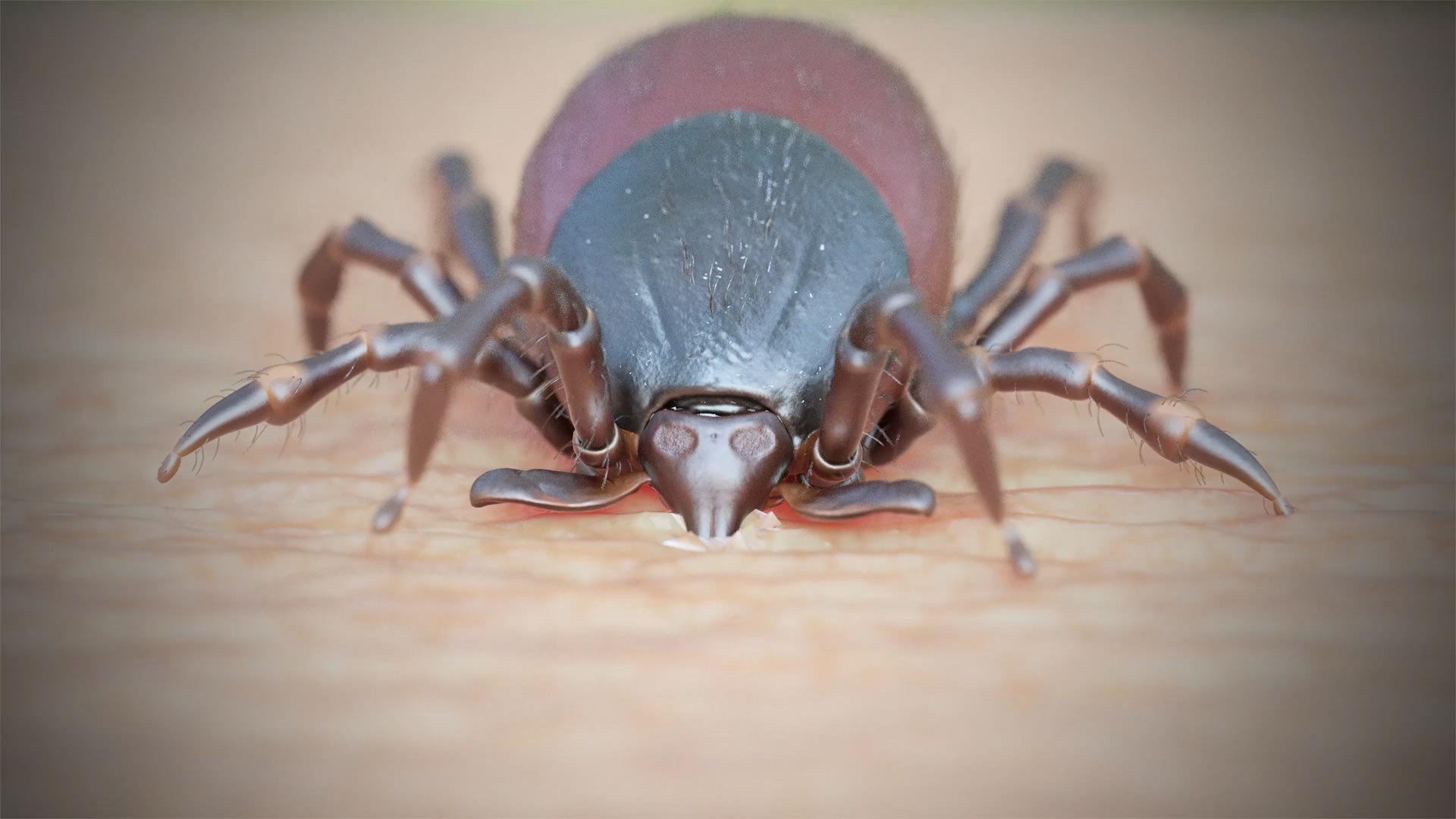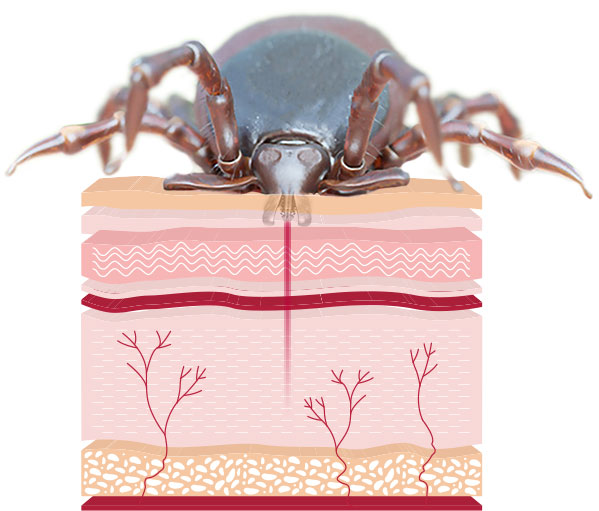
The tick can be brought home on clothes, shoes and souvenirs from the trip like bouquet of flowers. They are also brought by pets like dogs and cats.
![]()
![]()
![]()
![]()
The tick bite, in contrast to mosquito bites, is not felt and the arachnid that is attached to the skin is usually find by accident – for example during bathing.
Immediately after clinging to the skin, the tick can start transmitting pathogens, therefore it is crucial to find it and remove it quickly.
To reduce the risk of infection, ticks should be removed as soon as possible. This rule must apply to both humans and animals.

Getting to the doctor and waiting for the admission often takes several hours, so a reasonable and recommended solution is to remove the tick by yourself. To perform the procedure safely, it is worth to know a few important facts:
In order to minimize the contact with the body fluids of the ticks, all the procedures of removing the ticks should be performed using gloves.
DO NOT treat the tick with the products like gasoline, paraffin oil, vaseline, peppermint oil or nail polish remover, because the suffocating tick will spit the contagious saliva out to the host.
STEP 1 – Freezing
The tick should be frozen using the applicator. The number of doses depends on the size of the ticks. In case of nymphs and larvaes 1 dose should be enough. 2 doses are recommended for the adult ticks.
Remember to observe the spot after the procedure for the next few weeks. The local or general inflammation might be a consequence of transmission of pathogenic fluids by the tick. If you do not feel well and you have a fever or a skin rash (erythema migrans) that might be a sign of Lyme disease. Thus, contact a physician or a pharmacist immediately.